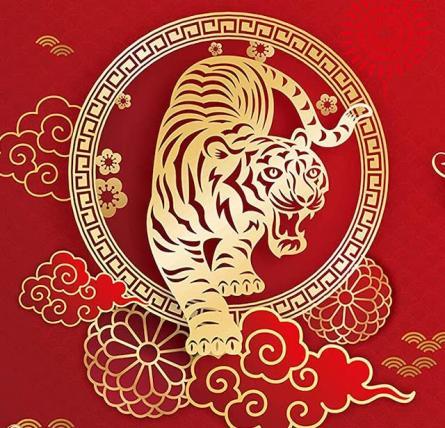Chinese New Year or Spring Festival, 春节 (Chūn Jié), is the most important holiday and cultural tradition observed by the majority of the citizens of the most populated country in the world, the People’s Republic of China, 中华人民共和国 (Zhōnghuá rénmín gònghéguó or “China”). China’s population tops 1.4 billion people. With 56 Chinese ethnicities, 中国民族 (Zhōngguó mínzú), of which 55 are considered Chinese ethnic minorities, 中国少数民族 (Zhōngguó shào shù mínzú), Spring Festival observances and traditions vary from region to region and ethnicity to ethnicity. Moreover, Chinese New Year is not only celebrated in China, but also in various Asia Pacific nations including South Korea, 韩国 (Hánguó), Vietnam, 越南 (Yuènán) and others, each with their own cultures and traditions.
The United States of America, 美国 (Měiguó) is home to millions of Americans of Chinese and East Asian descent. Indeed, many Americans observe and celebrate Chinese New Year. While traditions may vary widely from culture to culture, there are certain Spring Festival traditions and customs that seem to transcend national boundaries and ethnic identity. Such traditions and observances are also found in Spring Festival celebrations in the United States.
All over the world, for many people, Chinese New Year is a time to return home and be with family. In mainland China, each year hundreds of millions of Chinese people return to their hometowns, 老家 (Lǎojiā) to celebrate the Spring Festival. The same is true in the United States where many, many Americans return home to observe the Spring Festival and celebrate the Lunar New Year with family.
In addition, as part of most Chinese New Year celebrations gifts are exchanged and traditional meals prepared. Traditionally children receive “red envelopes”, 红包 (Hóngbāo) stuffed with money. Likewise it is tradition for families to prepare or “wrap” dumplings, 包饺子 (Bāo jiǎozi), together. It is said that round dumplings signify family reunion as families are meant to celebrate the Lunar New Year together. The dumplings are often consumed at midnight of the Chinese New Year, which will be February 1, 2022, this year. Dumplings also represent prosperity because their shape resembles ancient Chinese money.
Chinese New Year is an annual celebration that is not tied to the western or Gregorian calendar. In other words, Chinese New Year does not occur on January 1st every year. Rather, the date of Chinese New Year is determined by the traditional Chinese calendar. The Chinese calendar is formed based on the movement of the moon and the sun, and often referred simply as the Lunar calendar, 阴历 (Yīnlì). In addition, the traditional Chinese calendar follows a 12 year zodiac cycle, and each year within the cycle is designated as the year of one of the following animals: Rat, Ox, Tiger, Rabbit, Dragon, Snake, Horse, Goat, Monkey, Rooster, Dog, and Pig. Each animal or sign for each year on the traditional Chinese calendar is believed to have its own attributes and qualities.
Most of 2021 was the year of the Ox and most of 2022 will be the year of the Tiger according to the Chinese Zodiac. This year, in 2022, the Lunar New Year will fall on February 1, 2022, and mark the beginning of the year of the Tiger. However, the duration of the traditional observance of the Spring Festival spans about 23 days from the 23rd day of the 12th Lunar Month of the Chinese calendar to the 15th day of the first Lunar Month of the following or new year. In modern China, the observance of the Spring Festival is a national holiday, but is much shorter than the traditional 23 days. For example, in 2022 the national holiday is limited to January 31 to February 6, 2022.
Wherever the Chinese New Year is celebrated it is tradition to wish friends and family a happy and prosperous new year. In China it is common to wish friends and family a happy and prosperous new year, by saying “过年 好” (guònián hǎo), which translates to “Happy New Year” and “恭喜发财”(“gōngxǐ fācái”), which translates to “wishing you prosperity and wealth.”

